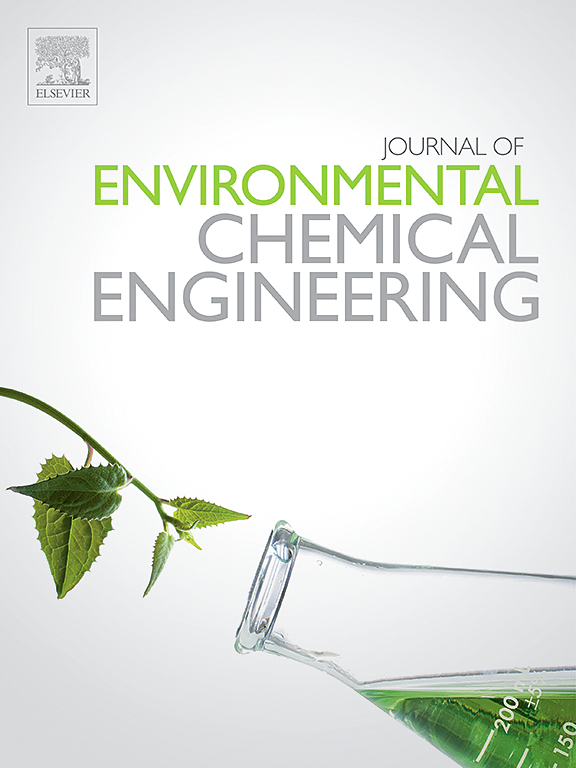天然矿物在全天候太阳能驱动界面蒸发系统中的应用综述
IF 7.4
2区 工程技术
Q1 ENGINEERING, CHEMICAL
引用次数: 0
摘要
近年来,太阳能驱动界面蒸发(SIE)作为一种高效的海水淡化技术受到了广泛关注。在用于SIE系统的各种材料中,天然矿物材料因其高成本效益、广泛可用性和环境友好性而成为最重要的选择之一。值得注意的是,大量研究表明,矿物材料具有较高的吸附能力、绝热性和机械强度,可以显著提高SIE系统的性能。根据全天候SIE系统的三个关键组成部分(光吸收器、衬底和储热装置),本文总结了基于矿物的SIE系统的最新进展,并强调了提高其性能的关键策略。重点分析了矿物材料在这些系统中的作用,揭示了相关机制。最后,指出了该领域的研究差距和展望。本文旨在为进一步开发矿物基SIE系统提供参考。本文章由计算机程序翻译,如有差异,请以英文原文为准。
Application of natural mineral in round-the-clock solar-driven interfacial evaporation system: A review
In recent years, solar-driven interfacial evaporation (SIE) has gained widespread attention as an efficient seawater desalination technology. Among various materials that used for SIE system, natural mineral materials are one of the most important choices due to their high cost-effectiveness, wide availability and environmental friendliness. Notably, lot of studies have demonstrated that mineral materials can significantly enhance the performance of SIE systems in virtue of high adsorption capacity, thermal insulation, and mechanical strength. According to the three key components (the light absorber, the substrate, and the thermal storage device) of round-the-clock SIE systems, this review summarizes the start-of-the-art advancements in mineral-based SIE systems and highlights key strategies for their performance enhancement. Especially, the role of mineral materials in these SIE systems has been carefully analyzed and the relevant mechanisms have been revealed. Finally, the research gap and outlook in this field have also been identified. The review study aim to provide insights for the further development of mineral-based SIE systems.
求助全文
通过发布文献求助,成功后即可免费获取论文全文。
去求助
来源期刊

Journal of Environmental Chemical Engineering
Environmental Science-Pollution
CiteScore
11.40
自引率
6.50%
发文量
2017
审稿时长
27 days
期刊介绍:
The Journal of Environmental Chemical Engineering (JECE) serves as a platform for the dissemination of original and innovative research focusing on the advancement of environmentally-friendly, sustainable technologies. JECE emphasizes the transition towards a carbon-neutral circular economy and a self-sufficient bio-based economy. Topics covered include soil, water, wastewater, and air decontamination; pollution monitoring, prevention, and control; advanced analytics, sensors, impact and risk assessment methodologies in environmental chemical engineering; resource recovery (water, nutrients, materials, energy); industrial ecology; valorization of waste streams; waste management (including e-waste); climate-water-energy-food nexus; novel materials for environmental, chemical, and energy applications; sustainability and environmental safety; water digitalization, water data science, and machine learning; process integration and intensification; recent developments in green chemistry for synthesis, catalysis, and energy; and original research on contaminants of emerging concern, persistent chemicals, and priority substances, including microplastics, nanoplastics, nanomaterials, micropollutants, antimicrobial resistance genes, and emerging pathogens (viruses, bacteria, parasites) of environmental significance.
 求助内容:
求助内容: 应助结果提醒方式:
应助结果提醒方式:


